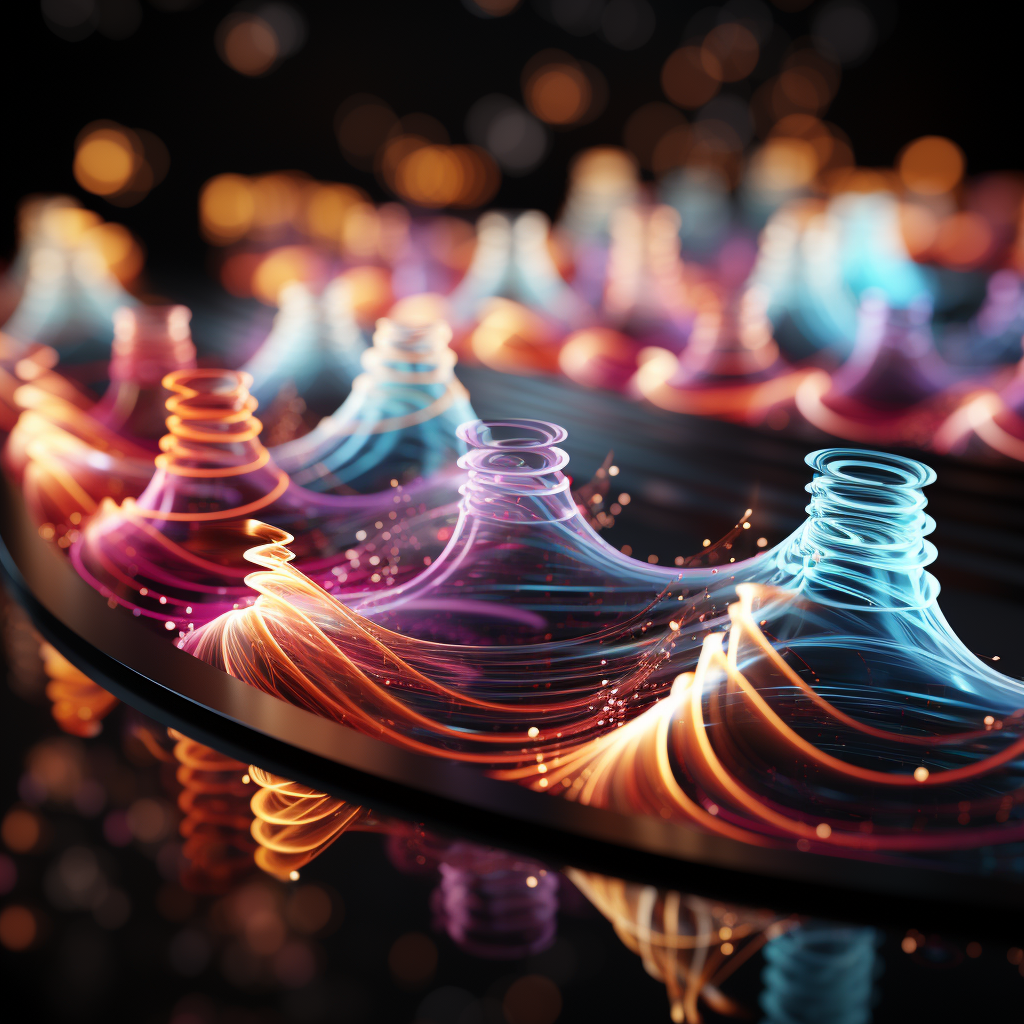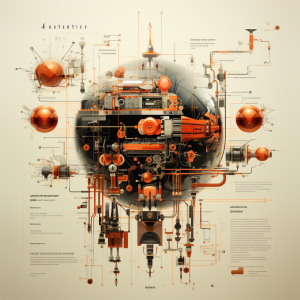
What is the difference between diffraction and interference in wave phenomena?
Introduction
Diffraction and interference are two important phenomena in wave behavior that occur when waves interact with obstacles or pass through narrow openings. While they have similarities, understanding the differences between diffraction and interference is crucial in grasping the behavior of waves in various scientific fields, such as optics, acoustics, and communications.
Diffraction
Diffraction refers to the bending and spreading of waves around obstacles or openings that have dimensions comparable to the wavelength of the wave. This phenomenon is commonly observed in light waves, sound waves, and water waves. When waves encounter an obstacle or opening, they tend to bend and spread out around the edges, resulting in a diffraction pattern. The specific diffraction pattern is dependent on the size and shape of the obstacle or opening, as well as the wavelength of the wave. For example, when light waves pass through a small aperture like a pinhole, they spread out and create a characteristic diffraction pattern on a screen positioned behind the aperture. Similarly, when sound waves encounter a narrow opening, they diffract and bend around the edges, causing sound to be heard in unexpected places. Diffraction has practical applications, including the design of optical devices like lenses and telescopes.
Interference
Interference occurs when two or more waves overlap or interact with each other, resulting in the formation of a resultant wave. This phenomenon is based on the principle of superposition, which states that when two waves meet, their amplitudes are added together. Interference can be categorized into constructive interference and destructive interference. Constructive interference occurs when the peaks of two waves coincide, resulting in an increase in amplitude. On the other hand, destructive interference occurs when the peak of one wave coincides with the trough of another, resulting in a decrease in amplitude. Interference has various practical applications, such as the creation of thin film coatings and holograms.
Relationship Between Diffraction and Interference
It is important to note that diffraction and interference are not mutually exclusive phenomena but can occur simultaneously. For instance, when light passes through a diffraction grating, it diffracts and creates multiple beams of light. These beams interfere with each other, creating a complex interference pattern. Similarly, when sound waves pass through a diffraction grating, they diffract and generate multiple overlapping sound waves, leading to a complex sound pattern formed by interference.
Conclusion
In conclusion, diffraction and interference are significant phenomena encountered in wave behavior. Diffraction refers to the bending and spreading of waves around obstacles or openings, while interference arises when waves overlap or interact, resulting in constructive or destructive interference. Although they have distinguishing characteristics and practical applications, it is essential to understand that both diffraction and interference can coexist. Their understanding contributes to breakthroughs in various scientific fields, including the design of optical devices, creation of thin film coatings, and development of holographic technology.




